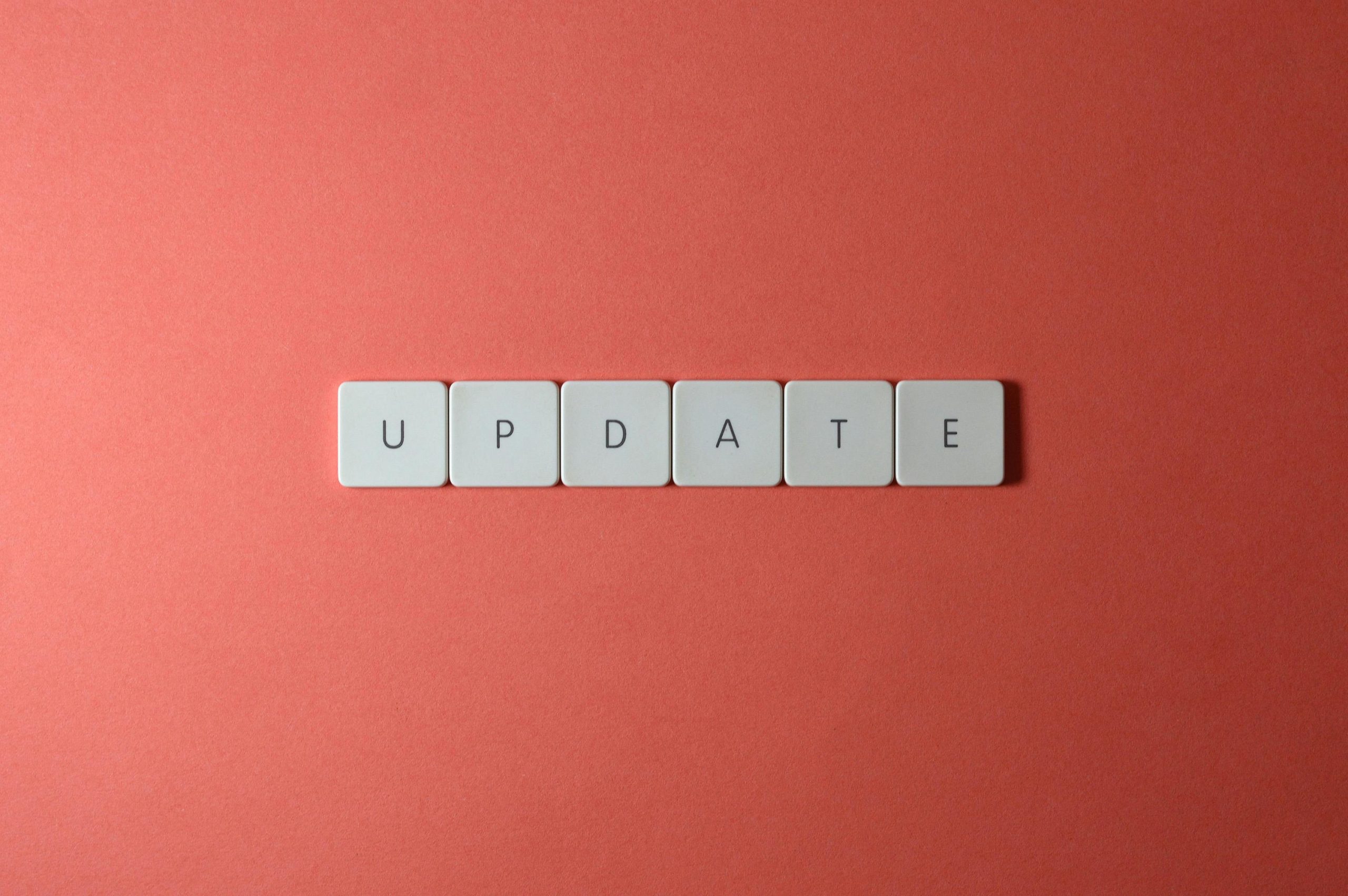Understanding and Resolving the “Incompatible GPU Driver Detected” Error on Windows
Encountering hardware or software errors can be a frustrating experience for many PC users, especially when the troubleshooting process seems straightforward but the problem persists. One common issue reported by users involves receiving a message that the GPU driver is incompatible, despite having the latest version installed. This article delves into the possible causes of this error and provides practical solutions to resolve it effectively.
Case Overview
The user experienced a sudden system crash while launching a game, followed by a blue screen error. Upon rebooting, the same game crash triggered an on-screen message stating: “Incompatible GPU driver detected. Please update it if you experience problems.” Attempts to update the driver via Device Manager indicated that the driver was already up to date. The user seeks insights into why this discrepancy exists and how to fix it.
Potential Causes of the Error
-
Driver Compatibility Issues:
Even if your driver is up-to-date, it may not be compatible with your system’s hardware or specific Windows version. This can lead to false detection of incompatibility. -
Driver Corruption or Misinstallation:
Corrupted driver files or incomplete installations can cause the system to misreport driver status. -
Windows Update Conflicts:
Recent Windows updates might conflict with existing GPU drivers, leading to erroneous compatibility messages. -
Outdated or Improper Graphics Driver Versions:
Sometimes, the latest driver isn’t the most suitable for your hardware configuration, especially if it’s a beta or unstable release. -
Hardware Issues:
Physical problems with the GPU or related components may mimic driver incompatibility errors.
Recommended Troubleshooting Steps
-
Use Official GPU Driver Websites:
Visit the GPU manufacturer’s official website (NVIDIA, AMD, Intel) to download and install the latest stable driver version tailored for your graphics card model. Avoid third-party driver packages. -
Perform a Clean Driver Installation:
Utilize tools like Display Driver Uninstaller (DDU) to completely remove existing GPU drivers. Then, reinstall the latest official driver. This process can eliminate corruption or remnants causing conflicts. -
Check for Windows Updates:
Ensure your operating system is fully updated. Sometimes, compatibility issues are resolved through patching provided by Windows Update. -
Verify Hardware Integrity:
Run diagnostics to check for potential hardware failures. If possible, test the GPU in another system or try a different GPU in your system to determine if hardware failure is the culprit. -
Roll Back
Share this content:



